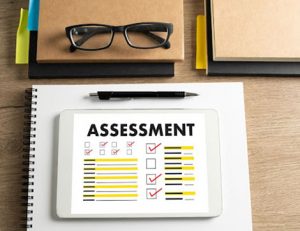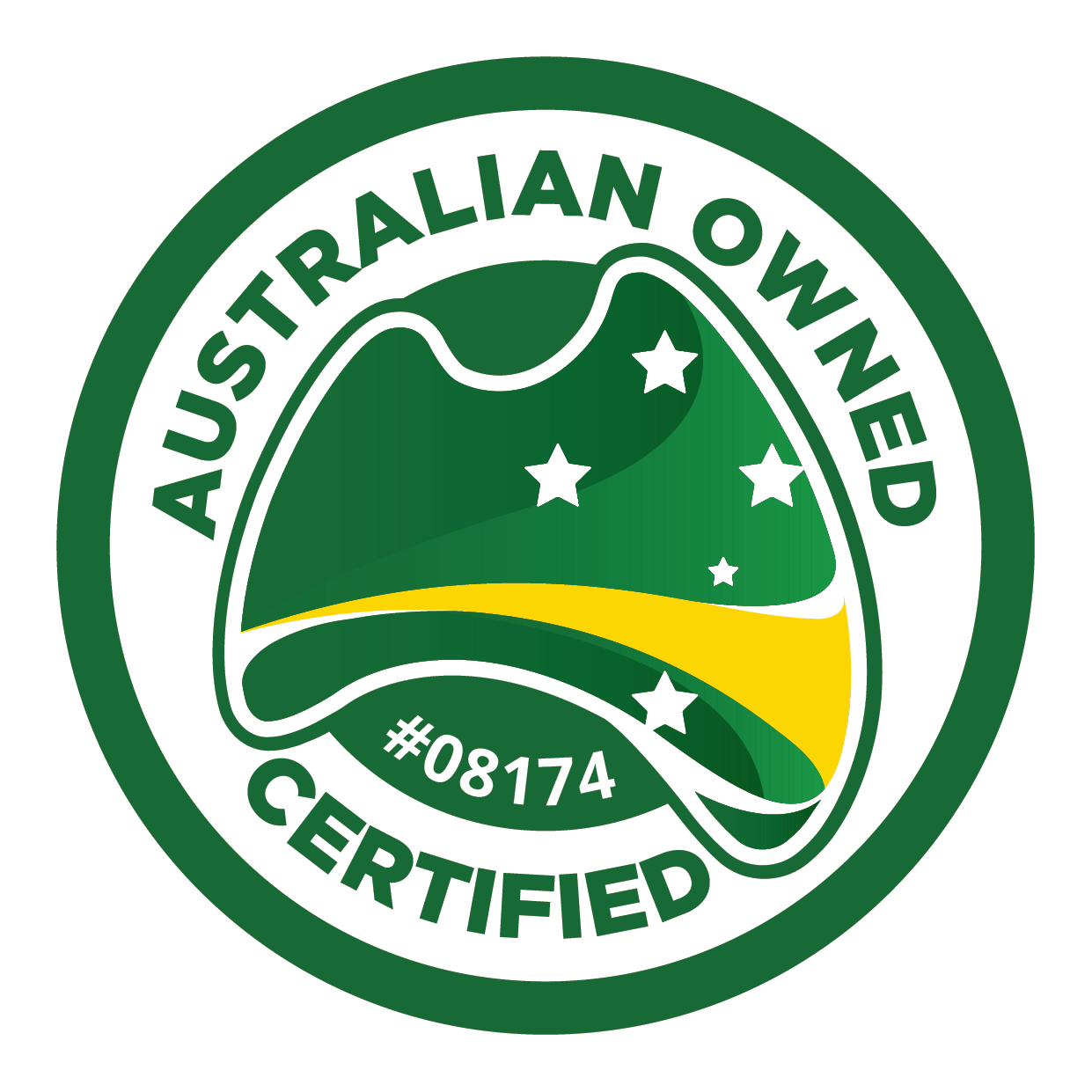Internal audits and why they are so important (Part 3 of 5)

In part 1 & 2 of this series we discussed the following:
- What are internal audits?
- What are the benefits of conducting internal audits?
- What is an audit scope?
- What is usually included in an RTO internal audit?
- Who can be an internal auditor?
- Compliance costs and risks in terms of “risk management”
- The effective internal audit function
In this part, we will cover the following areas:
- Requirements of conducting internal audits
- The quality system of an RTO
The requirement of conducting internal audits
The requirement of conducting an internal audit is not explicitly mentioned in the Standards for Registered Training Organisations (RTOs) 2015 but the requirement is for the RTO to ensure it complies with SRTOs 2015 Standards at all times, including where services are being delivered on its behalf as mentioned in Standard 2 (clauses 2.1 and 2.2) and standard 8 (clause 8.4). This applies to all operations of an RTO within its scope of registration.
The RTO is also required to:
a) systematically monitor the RTO’s training and assessment strategies and practices to ensure ongoing compliance with Standard 1, and;
b) systematically evaluate and use the outcomes of the evaluations to continually improve the RTO’s training and assessment strategies and practices. Evaluation information includes but is not limited to quality/performance indicator data collected under Clause 7.5, validation outcomes, client, trainer and assessor feedback and complaints and appeals.
Clause 8.4. The RTO provides an annual declaration of compliance with the Standards to the VET Regulator and in particular whether it:
a) currently meets the requirements of the Standards across all its scope of registration and has met the requirements of the Standards for all AQF certification documentation it has issued in the previous 12 months; and
b) has training and assessment strategies and practices in place that ensure that all current and prospective learners will be trained and assessed in accordance with the requirements of the Standards.
Systematic monitoring and evaluation is part of conducting internal audits and review processes. The “internal audit” requirements are highlighted several times in the Users’ Guide to the Standards for RTOs 2015.
The quality system of an RTO
A “Quality System” is your organisation’s blueprint. It identifies your business model and processes, provides details about how your people will work together to get things done, and establishes specifications for performance — so that you can tell if you’re on track… or not.
Components of a Quality System
The International Organisation for Standardisation (ISO) prescribes a minimum standard for the elements of a QMS through ISO 9001:2000. (This part did not change in ISO 9001:2015). To build an ISO 9001 compliant QMS, you must:
- Identify and map processes (administrative, organisational, operational)
- Determine how processes are interrelated (that is, identify and map cross-cutting activities that span organisational boundaries)
- Plan for operations and control of these processes, recognising that the conditions and specifications for control of each of the processes may be different from one another,
- Plan to dynamically allocate resources to accommodate the demands of the operations and control of these processes,
- Apply systems thinking and describe the environment that your interdependent processes are embedded within,
- Identify mechanisms to measure, monitor, analyse and continuously improve the processes in the context of the organisation and its environment
- Establish an Action Plan for proactively deploying the QMS through the organisation, and;
- Ensure that Records are kept that track compliance to the QMS and changes that are made to the QMS itself.
The quality system in an RTO refers to the following:
- Required policies and their accompanying procedures
- Forms, templates, checklists and flowcharts to support the implementation of policies and procedures
- Central registers to track and record your compliance activities
- Compliance matrix that maps how each policy, procedure, form, template etc are related to the Standards.
- Continuous improvement processes and practices
You need a quality system in an RTO to ensure that:
- Policies and procedures are followed
- Compliant records are kept
- Documents are controlled
- Continuous improvement is implemented
- Ensure the organisation meets compliance and regulatory requirements
Stay tuned for more… our coming newsletters will cover the following topics:
- Part 4: Planning for internal audit and considerations
- Part 5: Conducting and recording an actual internal audit
- Special edition on frequently asked questions and answers on internal audits.












